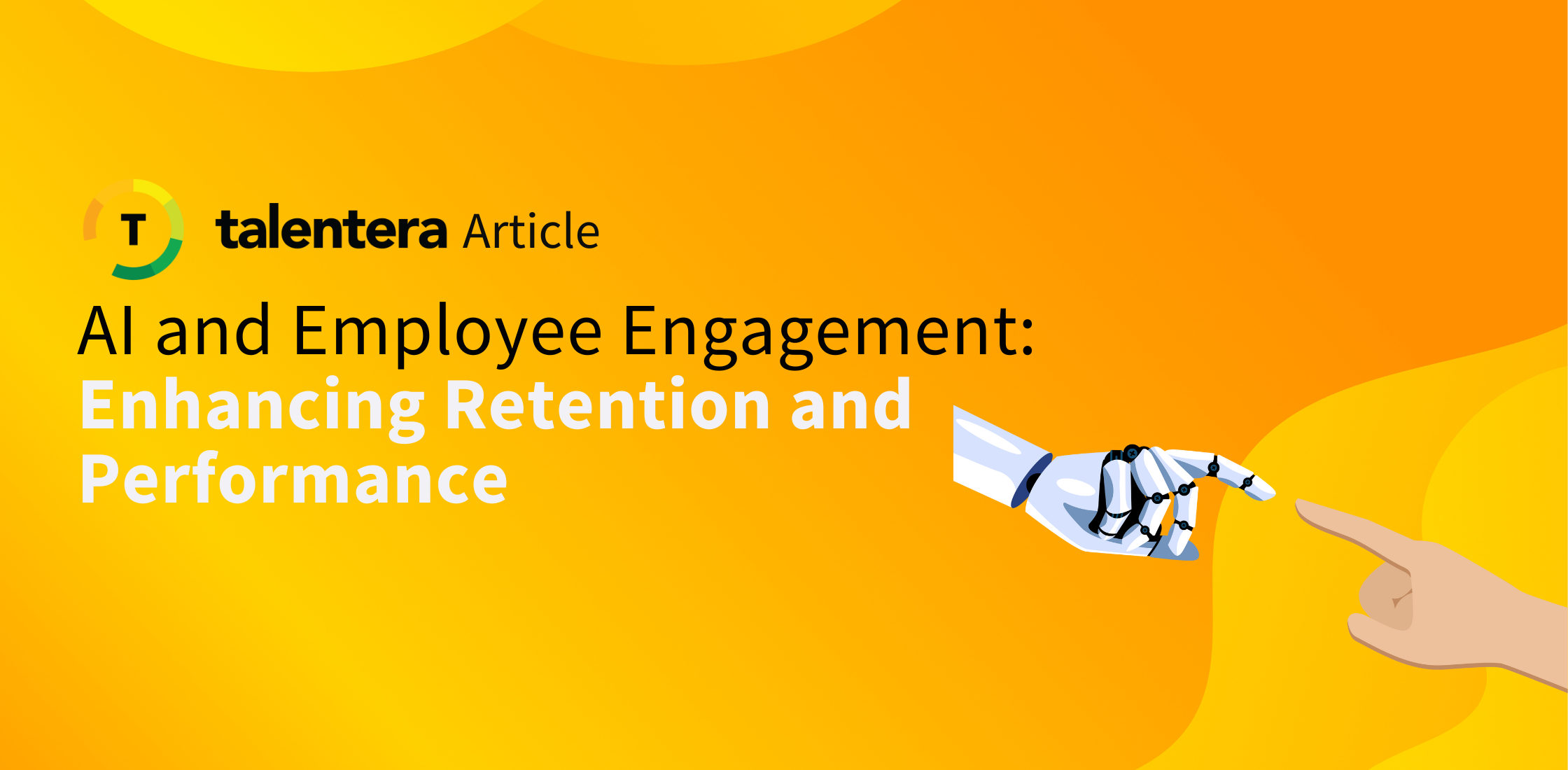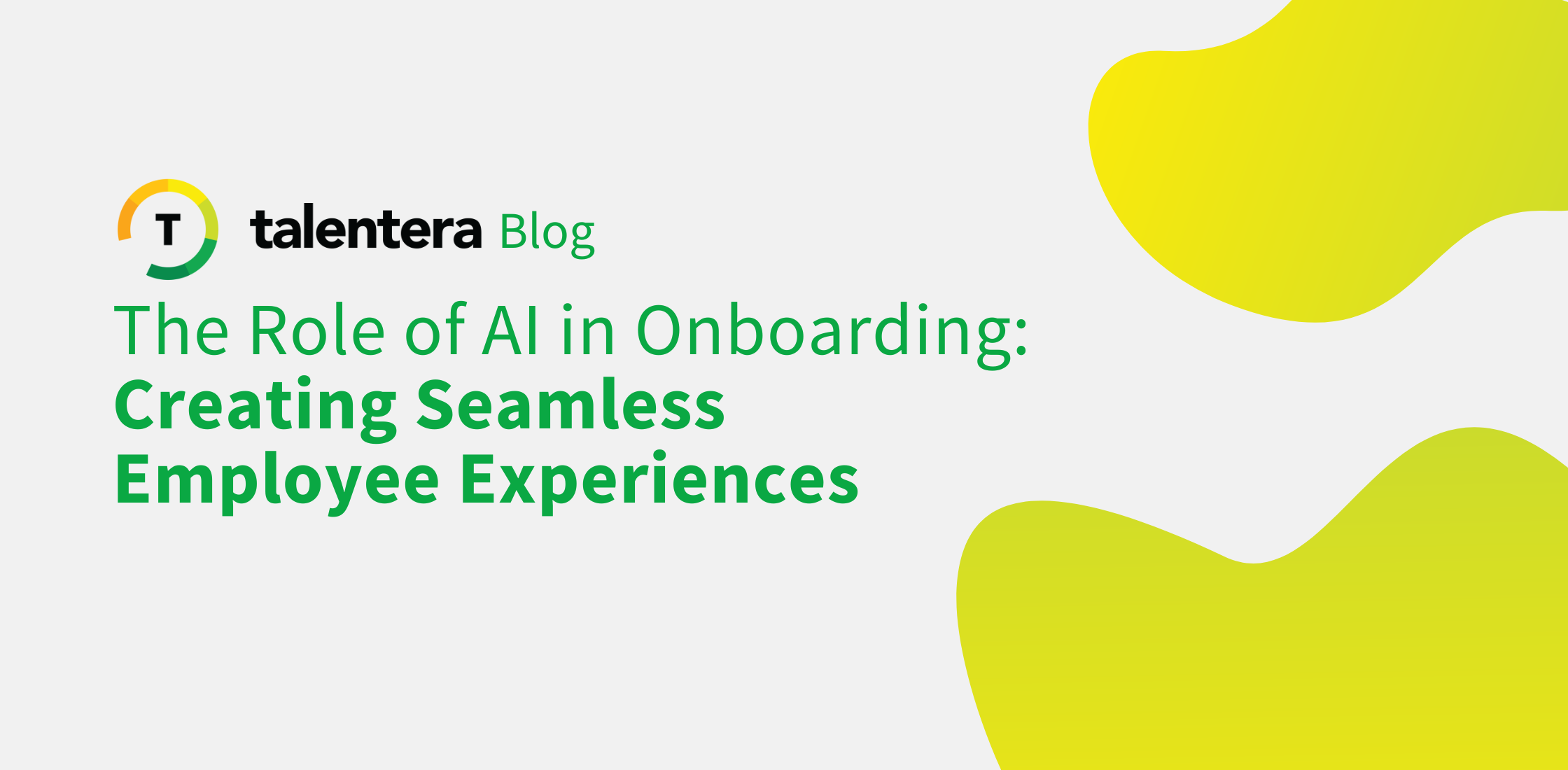
Employee referrals make the top source of hiring by volume, cost and time which makes them the most superior recruiting tool. Saving companies an average $3,000 per hire, referred candidates dramatically reduce cost-per-hire and typically exhibit higher retention rates as well. It’s a no-brainer that employee referrals are your most valuable source of great talent but how do you ensure a sustainable way of nurturing this system? The answer is simple: You need an effective Employee Referral Program (ERP). It’s a weighty word but rest assured that it requires minimal investment but pays off in spades.
How to set up a winning Employee Referral Program:
1. Determine Your Goals
Much like any other initiative, the first step to building your ERP should be defining what you want it to accomplish. Contrary to popular notion, this is not always gathering the maximum number of referrals. It could be to improve diversity within your working staff, having a wider pool of generalists or a more targeted pool of specialists. You may also choose to have quantifiable goals with the program where you want referrals from a specific department to rise by X% in a set period of time. Knowing your program’s objectives will drive your whole team to achieve results that serve them.
2. Train Your Employees
Once you have your system’s outline in place, have your employees learn how to operate it. The key areas this training should cover are:
a) The procedures and how to follow them
b) What the company is looking for in referrals
c) What can the employees expect from the company in exchange for these referrals
Each aspect holds its significance which is why neither should be skipped if you’re looking to run a smooth ERP. Following these broad categories in your training will ensure that you get the brightest candidates from your employees’ personal networks and your employees continue to make efforts in filling company vacancies to earn their rewards.
3. Explain Job Descriptions
Although your employees are the best ambassadors for bringing in ‘Culturally Fit’ candidates owing to their extensive knowledge about the company’s values, they generally won’t know the job-specific qualities you’re looking for in a candidate. A simple way to dispel the mystery is attaching detailed job descriptions to your internal emails that are used to announce a vacancy. You can also use these spaces to clarify what you’re not looking for in a candidate to make your referrals even more relevant. For instance, by mentioning that an unpunctual candidate won’t be selected for a sales executive’s job, regardless of his/her sales skills makes it quite clear to your employees to filter out tardy friends from their list of referrals.
4. Develop a User-Friendly Process
Whenever it comes to developing a system that is made to benefit you more than its contributor, it’s best to keep things super simple. This applies to feedback-forms, surveys and to your Employee Referral Program. Don’t make your employees jump through hoops to drop a referral and steer clear of a lengthy and complicated process that requires a lot of clicks. Remember how tedious application processes make candidates run away from job portals? Your employees are no different when it comes to referrals.
Consider using your ATS to head this process. Their sophisticated mechanism allows recruiters to develop hiring requests for specific positions and share it with specific people or across the company within seconds. It is also particularly useful if you want to enable employees to share vacancies with their social networks. Some ATS also help you with conflict resolution scenarios e.g. if the same candidate is referred to you by two candidates or the candidate already applied to your company before being referred, the system would remove duplicate submissions and keep your database consistent.
5. Keep Employees Updated
If you used a competent ATS to execute your ERP, it will automatically keep each employee updated with the progress of their referred candidates by showing them which stage they are at. However, if you are using something less hi-tech, ensure that you regularly communicate with your employees so they are aware of what’s happening at every stage of the process. If you fail to do this, you risk undermining the whole ERP because the employees will be reluctant to refer again. Also, if a referred candidate is rejected, convey this message to the referring employee politely and compassionately so they don’t feel unappreciated. Send them a thank you email either way and encourage them to keep looking for credentialed people.
6. Devise a Varied Incentive Structure
Try to incorporate a mix of both monetary and non-monetary perks in your ERP incentive plan. Google’s popular case, where they doubled their referral bonus from $2,000 to $4,000 with no difference in performance, shows that money might not be the sole motivator for employees here. Incentives like early offs, more leaves, gift vouchers and sports match tickets can do just the trick. They’re less expensive than cash rewards and a lot easier to brag about.
If you do opt for a monetary incentive, try to go for a tiered system. Define milestones and reward employees based on the milestones that their referrals achieve. For example, after offering a flat incentive to all referring employees, add an extra amount to those whose referrals clear the interview stage and a further top up to those who make it through hiring or a certain number of months in the company. This will push your employees to fill vacancies with people who are genuinely fitting for the job role rather than with good friends who would get them some extra bucks.
7. Give Credit Where It Is Due
Sometimes, all your employees need is appreciation. So, alongside monetary rewards, try to recognize star referrers through popular pat-on-the-back methods. There are several ways you can pass on this acknowledgment; from simply sending out a company-wide praise email to a more elaborate internal reward ceremony, the options are abundant. Make these meaningful acknowledgments a bonafide part of your ERP so that there is process standardization, transparency, and regularity on the rewards disbursed.
8. Measure the Metrics
Reviewing performance is key to sustaining any system which is why once your ERP is up and running, you should turn to gauging its ROI. Your desired results should ideally tie to the goals you had set but here are some general figures that can lend great insight into your program’s performance:
- Percentage of total hires achieved from referrals
- Percentage of qualified referrals
- Workforce participation rate in ERP
- The quality-of-hire from referrals
The data obtained against these metrics is very valuable because it shows you in plain black and white whether you’re doing a good job at publicizing vacancies to employees, whether your employees understand what you expect from them and whether you’re marketing your Employee Referral Program enough. A low score mandates a shift in practice which keeps your ERP from falling prey to stagnant failure.
What next?
Let’s say you built a fantastic employee referral program and trained your employees well in its use but you’re not getting good results. Do you kill the program? Not quite. Use feedback surveys to find out what isn’t working out for your employees in pushing through referrals and work towards fixing those roadblocks.
Remember, the better able your system is to adapt to changes, the better results it will breed. With employee referrals being the most valuable talent sourcing asset, you are truly missing out on great employees if you’re not exploiting it so get your team together and start planning.





